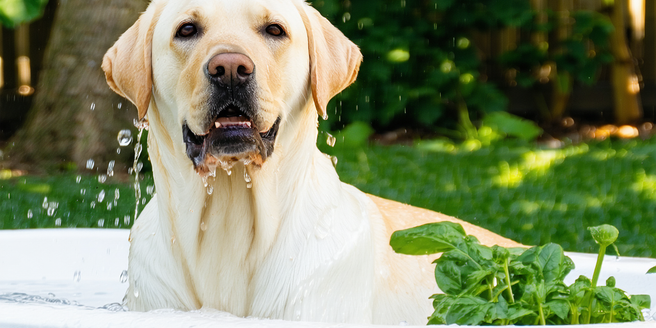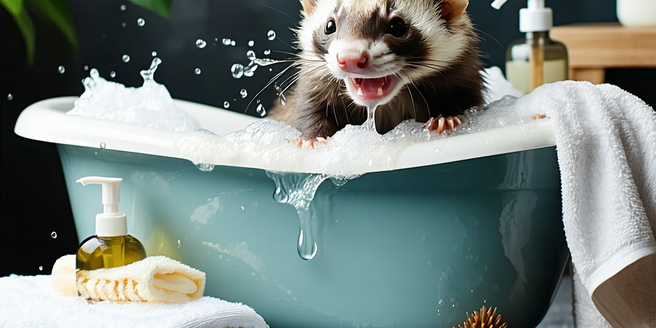
Understanding Your Pet’s Unique Needs
| Pet Type | Dietary Needs | Exercise Requirements |
| Dog | High Protein | Daily Walks |
| Cat | Balanced Diet | Playful Interaction |
| Bird | Seed Mixtures | Flight Time |
| Fish | Specific Flakes | Tank Space |
| Rabbit | High Fiber | Playtime Outside |
| Reptile | Live Feed | Sunlight Exposure |
Creating a Comprehensive Care Schedule
Designing a care schedule for your pet involves understanding their daily routines and needs. Start by listing down crucial activities like feeding, exercise, and rest, along with any unique requirements specific to your pet’s breed. Make sure to allocate enough time for each activity to maintain a balanced routine. Consider integrating family members into the schedule to ensure all aspects are monitored, and responsibilities can be shared. You might also want to consult with a veterinarian for personalized advice on your pet’s care. Remember, consistency in the routine ensures that pets feel secure and nurtured. It’s helpful to update this schedule periodically as your pet ages or if any health issues arise, ensuring the care remains relevant and effective.
Balancing Nutrition and Diet Plans
Nutrition is the cornerstone of your pet’s health, requiring careful planning to balance different dietary components. Every pet type has its dietary needs, which can often be overlooked without a structured plan. It’s essential to consider the source of the food you provide, as not all brands offer the same nutritional value. It’s important to regularly reassess your pet’s diet as they grow and their lifestyle changes. Researching or consulting with a veterinarian helps in formulating a diet plan that aligns with your pet’s age, size, and activity level. Including high-quality ingredients and avoiding artificial additives can significantly impact your pet’s wellness. Remember to make gradual changes to their diet to prevent digestive issues and monitor their weight and health as indicators of dietary success.
Exercise and Mental Stimulation Tips
Exercise and mental stimulation are both vital for a pet’s overall well-being, preventing obesity and behavioral issues. Different pets require various levels and types of exercises; for example, dogs benefit from daily walks or play, while cats thrive with interactive toys. Moreover, birds and other small animals also need time outside their cages to stretch and explore. Beyond physical activities, mental exercises can be integrated through puzzle toys or training sessions that challenge your pet’s cognition. Regular engagement in such activities strengthens the bond between owners and pets while fulfilling their behavioral needs. Engaging in these activities can also provide the pet owner with a sense of accomplishment and joy. It is important to adapt activities according to the pet’s age and health condition.
Scheduling Regular Veterinary Visits
Regular veterinary visits are crucial in maintaining your pet’s health and detecting potential issues early. Depending on the pet’s age and species, the frequency of these visits can vary; puppies and kittens may require more frequent check-ups, while adult pets can suffice with annual visits. Routine examinations, vaccinations, and preventive care like deworming ensure your pet stays in optimal health. These visits also serve as opportunities to discuss any concerns with the veterinarian, making them an essential component of a comprehensive pet care plan. Building a trustworthy relationship with your vet can enhance your pet’s overall well-being. Ensuring that your pet feels comfortable during these visits can make future appointments less stressful. Early detection of health issues can lead to more effective treatments.
Grooming and Hygiene Routines
Grooming and hygiene are often underestimated aspects of pet care, yet they are critical for preventing health issues and ensuring comfort. Regular grooming activities such as brushing, bathing, nail clipping, and dental care depend on your pet’s type and breed. Setting a schedule for these activities creates a stable routine and keeps your pet clean and healthy. A well-groomed pet not only looks better but also feels more comfortable and relaxed. Introducing grooming activities early on helps pets become accustomed to them, minimizing stress. It’s important to use the right grooming tools to ensure the comfort and safety of your pet during these activities. Attention to hygiene, like ear cleaning and flea checks, especially for outdoor pets, supports preventing infections and other health problems.
Training and Behavior Management
Training is an ongoing process that significantly influences your pet’s behavior and safety. Starting with foundational training, like obedience and house training, is imperative for all pets. Consistency in training methods is key to achieving long-term success. The training approach, whether positive reinforcement techniques or hired trainers, should align with your pet’s personality and needs. It is also important to tailor the training sessions to be engaging and enjoyable for both the pet and the owner. Behavior management includes understanding and correcting issues, such as aggression or anxiety, with patience and consistency. Observing and identifying triggers that cause unwanted behaviors can help in creating effective solutions to manage them, fostering a serene environment for the pet and family.
Emergency Preparedness for Pets
Being prepared for emergencies ensures the safety and well-being of your pet in unexpected situations such as natural disasters or illness. Developing an emergency plan involves identifying pet-friendly shelters, packing an emergency kit with essentials like food, water, medications, and health records, and having a list of emergency contact numbers. Make sure your pet’s microchip and identification tags are up to date to increase the chances of a safe reunion if separated. Training your pet to respond to commands can also prove beneficial during emergencies. Pets are perceptive to chaos, so maintaining a calm demeanor during such events is crucial. Regularly updating your plan is necessary to accommodate any change in circumstances or pet needs.
Incorporating Family Involvement
Caring for a pet can be a rewarding family activity that fosters responsibility and bonds among members. Distributing tasks such as feeding, walking, and grooming among family members ensures comprehensive care and engagement. When everyone is involved, it strengthens the family’s unity and cooperation. It’s important to choose a pet that fits the family’s lifestyle and living situation. Setting a schedule for these activities helps integrate them into the family routine, teaching discipline to younger members. Encouraging family activities like pet-friendly outings or training sessions together enhances both the pet’s and the family’s social dynamics. Open communication about the pet’s needs among family members creates a supportive environment, leading to a healthier and happier pet.
Reviewing and Adjusting Care Plans
Reviewing and adjusting your pet care plans is essential to address your pet’s evolving needs as they age or their lifestyle changes. Regular assessment of their health, diet, and activity levels informs necessary changes in the care plan. It is also crucial to observe any changes in their mood or energy levels. Paying close attention to these changes can help prevent potential health issues. Keeping a record of health check-ups, vaccinations, and behavioral patterns provide insights into any adjustments needed. Staying informed about pet care trends and advancements through online resources or veterinary advice supports making informed decisions. Flexibility in adapting the care plan ensures it remains effective and meets your pet’s requirements for a fulfilling and healthy life.

